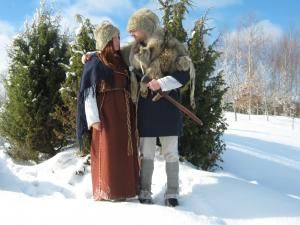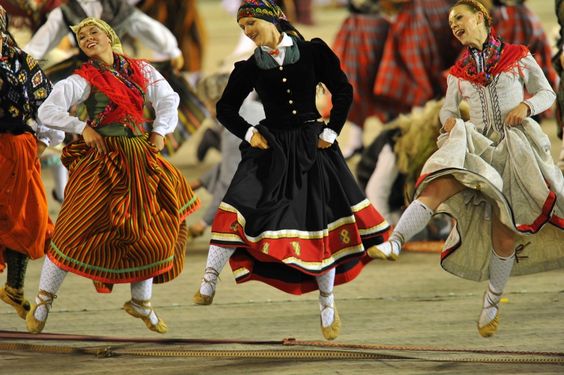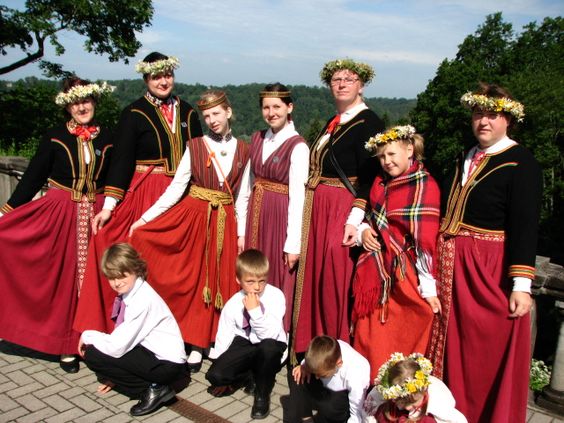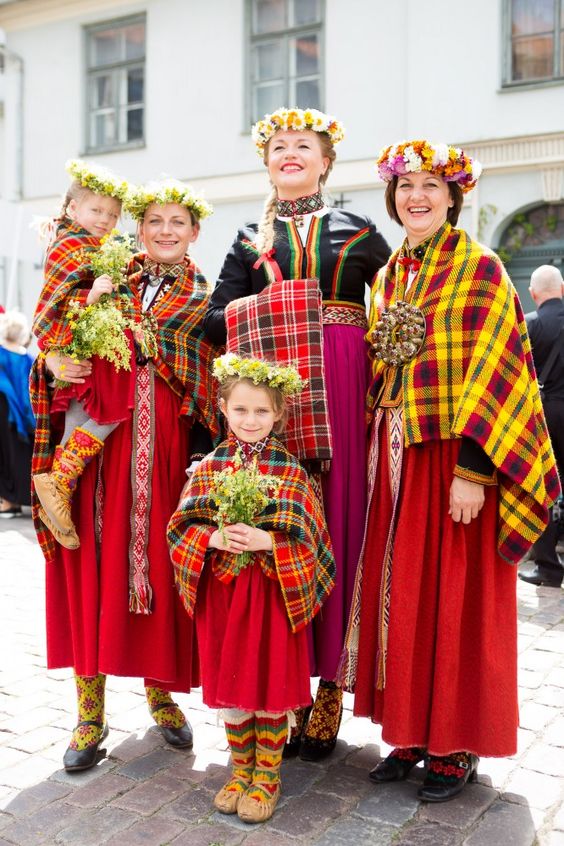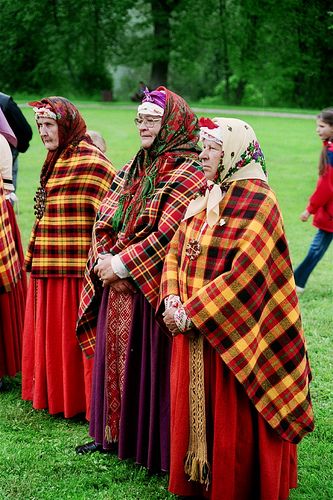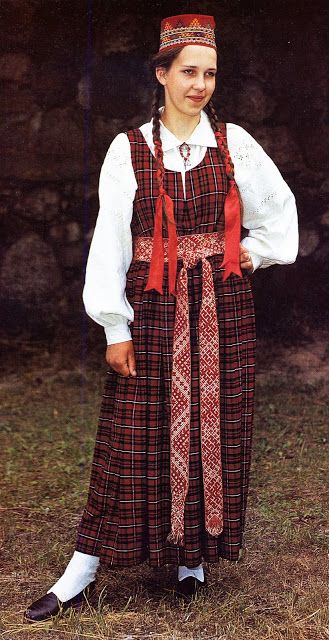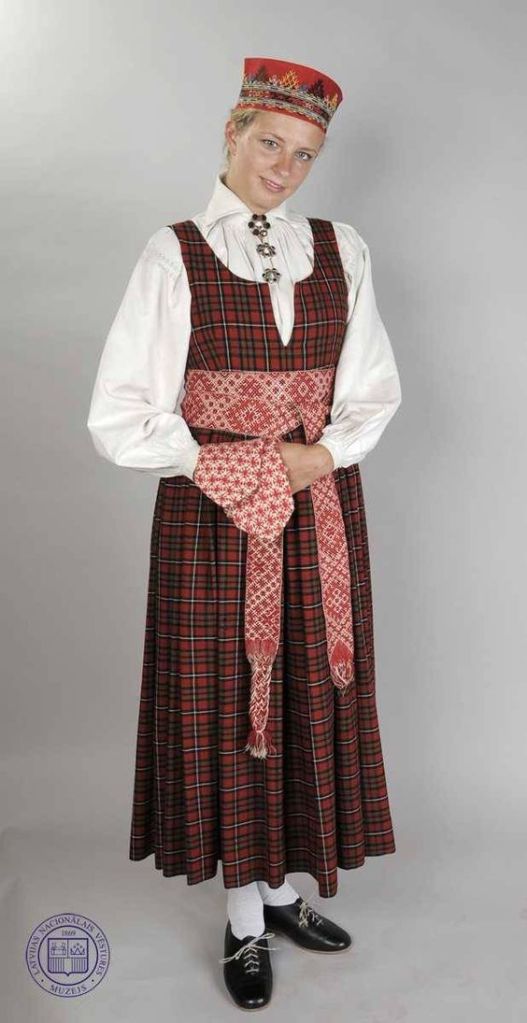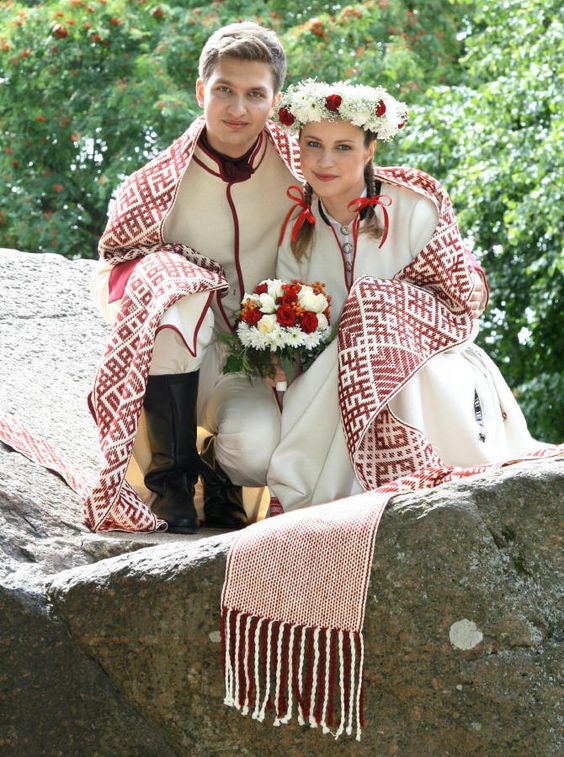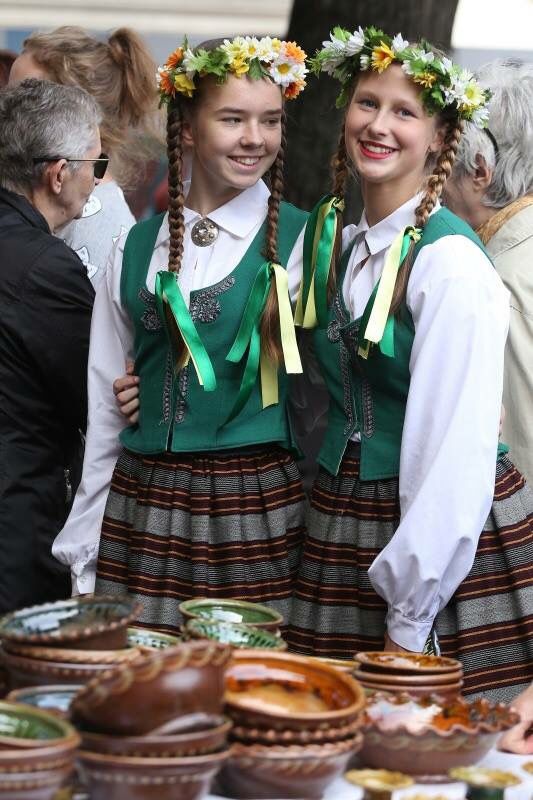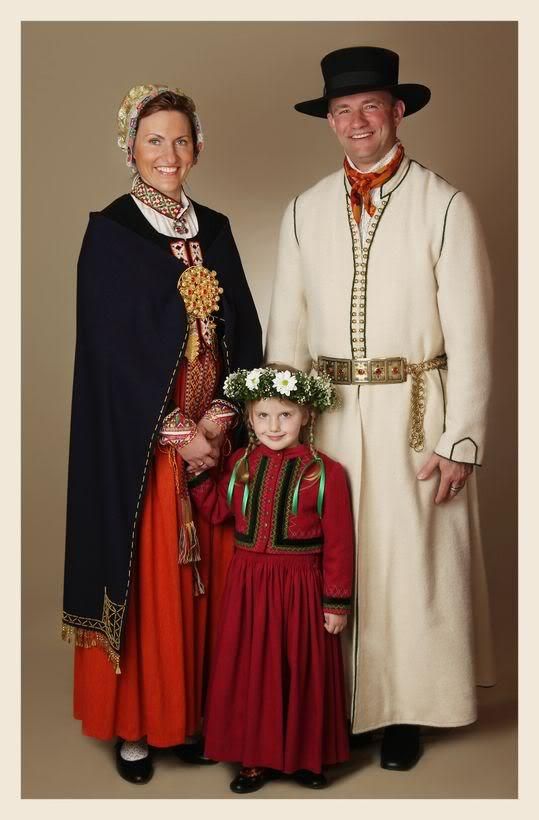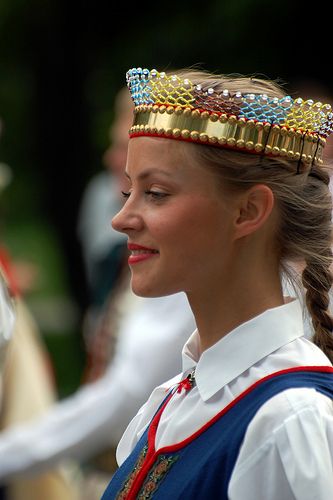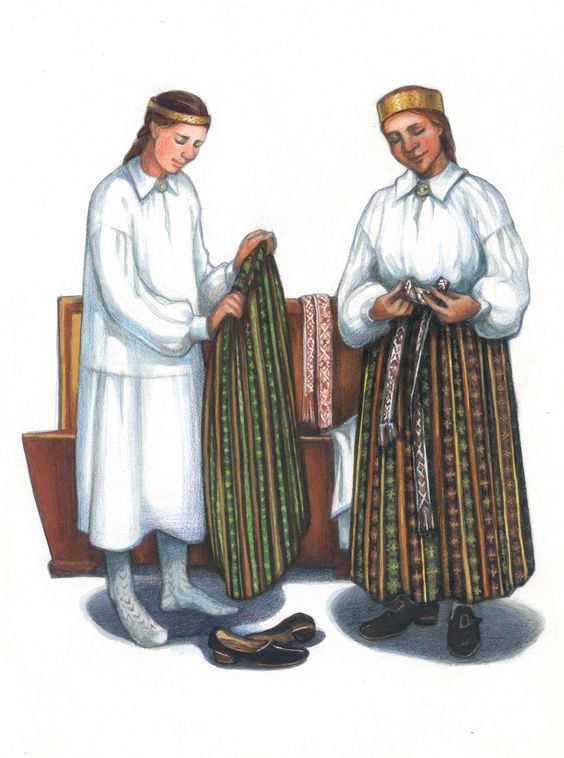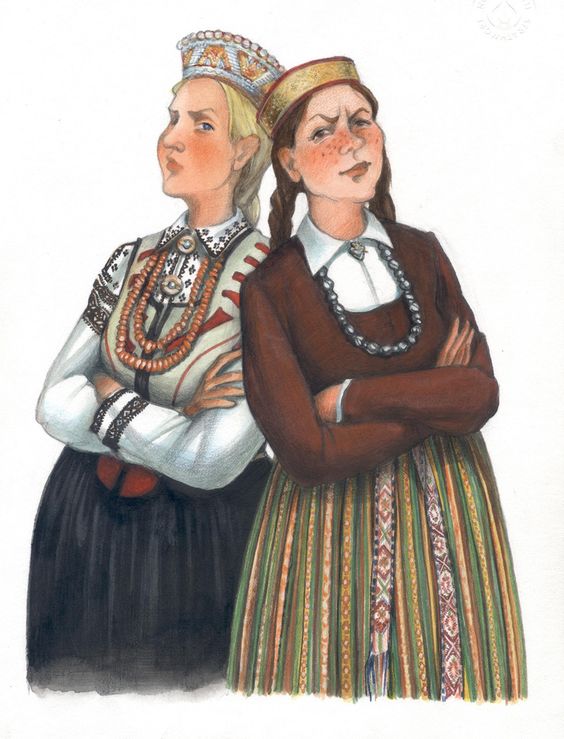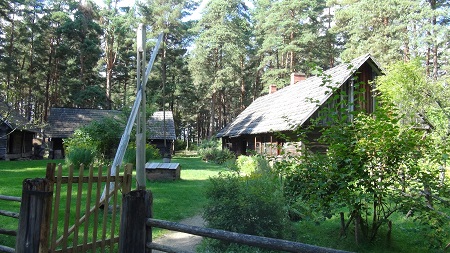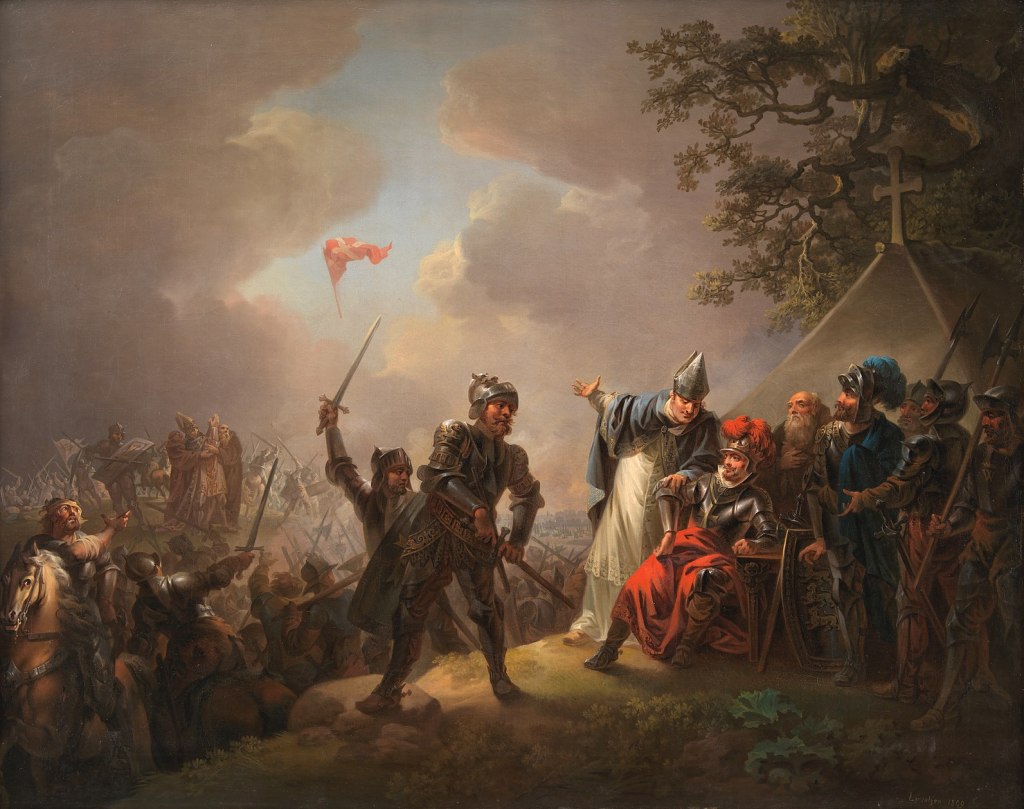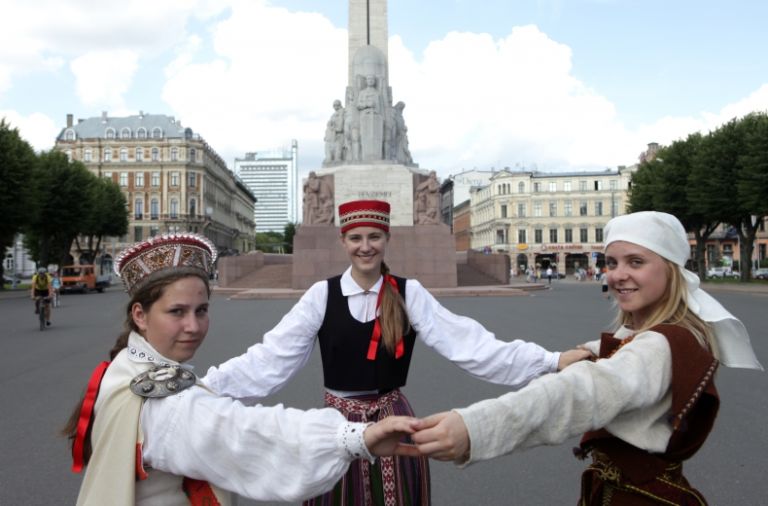http://www.indigenouspeople.net/latvia.htm
LATVIA/LIVONIA
Livonians refer to themselves as rāndalizt (coastal people) and their language as rāndakēl (coastal language).
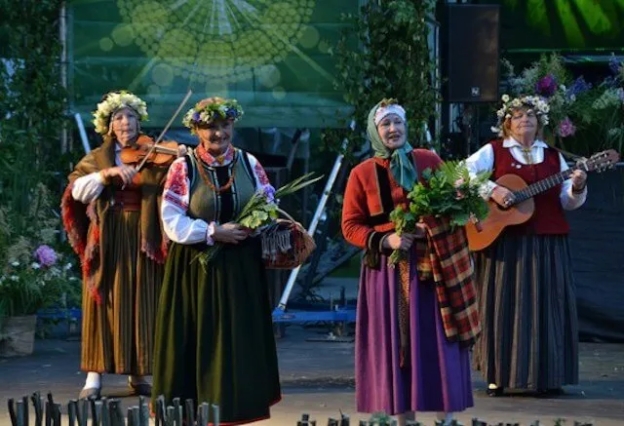
Livonians are among the smallest-numbered surviving Finno-Ugric peoples. Livonians live on the territory of the Republic of Latvia. Until recently they lived on the Livonian Coast of the northwestern coast of Courland (Kurzeme). During the flourishing of Livonian culture betweeen the 10th and 13th centuries, Livonians also inhabited the upstream of the Daugava river, Toreida or today’s Sigulda-Turaida-Krimulda area near the Gauja river, Metsepole or the vicinity of today’s town of Limbaži, the lands around the Salaca river and the Idumea parish to the north of the Gauja river. Historical (Old) Livonia does not refer to the lands inhabited by ethnic Livonians, but to the name that German crusaders assigned to the conquered land.
These home pages by:
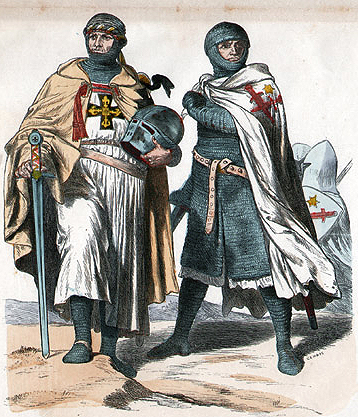
LATVIA/LIVONIA “TRAIL OF TEARS”
The Latvians have their own “Trail of Tears.” Our language has constantly been under siege. This came to be known as Russification. Under this policy, Latvia was flooded with Russian words, and even the official writing system of Latvia was changed. Russian was promoted as better than Latvian, and Latvian was often referred to in a derogatory way (some people called it “a dog’s language”). So, after 50 years of this sort of business, Latvia finally broke free. Latvians have consistently lived in the same territory for many millenia. The Latvians are an ancient Baltic people, who, along with their fellow Baltic nationalities, speak what are considered to be among the most archaic Indo-European languages (i.e. they are among the languages most similar to the original proto-Indo-European language, from which most of Europe’s languages and many of India’s languages are descended). Latvian’s sister language, Lithuanian, is more archaic than Latvian, and their mutual extinct linguistic sibling, Old Prussian, is even more archaic. Latvia was an independent country between 1918 and 1940. In 1990, Latvia restored its independence, and in 1991, during the Soviet coup, it reaffirmed this declaration. Now, nearly 5 years later, Latvia is still struggling. Its government is riddled with corruption, elderly people have to subsist off of meager and usually inadequate state pensions, while the government authorizes raises for itself. Last year, you could see that Latvia had undergone a humongous drive towards “Westernization.” The streets of the capital, Riga, looked much like those of any other European city, but you had just to travel to the country to see the dire situation that many people are in. Currently, the Livonians are still trying to get their act together, but if they play their cards right, they might be able to save their language and culture. Their language is in dire need of revival. There are about 30-50 total speakers, with 9-13 of them being native speakers. Other nationalities also reside in Latvia, but none of them are indigenous residents of the territory of Latvia; only the Latvians and Livonians are.
A Finnic-speaking tribe known as the Livs settled among the Latvians and modulated the name to “Latvis,” meaning “forest-clearers,” which is how medieval German, Teutonic settlers also referred to these peoples. The Germanic settlers referred to the natives as “Letts” and the nation to “Lettland”, naming their colony Livonia or Livland. The Latin form, Livonia, gradually referred to the whole territory of the modern-day Latvia as well as southern Estonia, which had fallen under minimal Germanic influence. Latvians and Lithuanians are the only surviving members of the Baltic branch of the Indo-European family. Latvians share a common language and have a unique culture with traditions, holidays, customs and arts. The culture and religious traditions have been somewhat influenced by Germanic, Scandinavian, and Russian traditions. Latvians have an ancient culture that has been archaeologically dated back to 3,000 B.C. Latvians maintained a considerable connection and trade with their neighbors, and near ethnic cousins the Finno-Ugrians, otherwise known contemporarily as Estonians and eventually Finns as well. The first indications of human inhabitants on the lands of modern Latvia date archaeologically to 9,000 B.C., suggesting that the first settlers were hunters that stayed almost immediately following the end of the last Ice Age. By law there are two indigenous nationalities in Latvia. These are the Latvians, and a tiny ethnic minority, named the Livonians. The Livonians are a Finno-Ugric people, which means that they and their language are related to that of the Finns and Estonians. The Latvian government established a special cultural region for them, in their historic home, in the northwest part of Latvia. This region is called “Livod Randa,” or the “Livonian Coast [or Shore]” in Livonian.
The Ice Age in Latvia ended 14,000 – 12,000 years ago. The first human settlers arrived here during the Paleolithic Age 11,000 – 12,000 years ago. They were hunters, who following the reindeer herds camped along the rivers and shore of the Baltic Ice Lake. As geology of the Baltic Sea indicates, the coastline then reached further inland. The earliest tools found near Salaspils date to the late Paleolithic age, circa 12,000 years ago, and belong to the Swiderian culture. During the Mesolithic Age (9000 – 5400 BC) permanent settlements of hunter-gatherers were established. They hunted and fished, establishing camps near rivers and lakes; 25 settlements have been found near Lake Lubans. These people from the Kunda culture made weapons and tools from flint, antler, bone and wood. Livonia was inhabited by various Baltic and Finnic peoples, ruled from the 12th century by an upper class of Baltic Germans. Over the course of time, some nobles were Polonized into the Polish–Lithuanian nobility (szlachta) or became part of the Swedish nobility during the period of Swedish Livonia (1629 to 1721) or Russified into the Russian nobility (dvoryanstvo).
In the 18th and 19th centuries, it was assumed that Baltic tribes were originally one nation and thus had the same deities. Early authors trying to reconstruct a Latvian pantheon using data from neighboring regions. This trend was later also adapted by Latvian national romanticists. After the abolition of serfdom, a new national identity was forming and authors sought to prove that Baltic cultural traditions were as deep as those of other nations. It was hoped that a grand epic could be constructed using pieces preserved in folklore. It was also thought that the ancient religion, forgotten during 700 years of oppression, could be reconstructed. However folklore sources proved insufficient for the task. Some attempted to reconstruct pantheons to be as impressive as in Greek mythology, which led to some deities being simply invented. Besides the assumption that deities of other Baltic peoples must be Latvian as well but were simply lost over time, many new deities were modeled after Greek and Roman deities. The Livonians, or Livs (Livonian: līvlizt), are a Balto-Finnic people indigenous to northern Latvia and southwestern Estonia. Livonians historically spoke Livonian, a Uralic language closely related to Estonian and Finnish. The last person to have learned and spoken Livonian as a mother tongue, Grizelda Kristiņa, died in 2013, making Livonian extinct. As of 2010, there were approximately 30 people who had learned it as a second language. Historical, social and economic factors, together with an ethnically dispersed population, have resulted in the decline of the Livonian population, with only a small group surviving in the 21st century. In 2011, there were 250 people who claimed Livonian ethnicity in Latvia.
LIVONIANS (LIVS)
Livonians are the dying-out indigenous inhabitants of Latvian coastlines. In Medieval era they were a significant community with entire region consisting of today’s Latvia and Estonia named “Livonia”. While a larger Latvian nation was able to retain its culture despite centuries of foreign persecution, a smaller Livonian community have been much less successful at this. 13th century defeats against crusading knights sent them on a long continuous decline and assimilation, reducing their areas to several fishermen villages in Courland (“the Liv Coast“) over the centuries. Since 1990s Latvian independence there have been considerable government attempts at saving the community. The Livonian minority has been protected by discouraging non-Livonian settlement in the Livonian homeland and adding Livonian to some school curriculum. It may have been too late however, as the last native speaker of Livonian language died in 2013. Still, approximately 250 Latvia‘s inhabittants (0,01%) claim to be Livonians. In comparison, 1925 census still enumerated 1268 Livs (0,1% of population). However, some of the remaining self-described Livs attempt to learn the language (which is more similar to Estonian than Latvian) and culture from scratch. The interest rebounded after historic lows during the Soviet occupation, when merely 48 people claimed Liv ethnicity during 1970 census. The Livonians, or Livs (Livonian: līvlizt; Estonian: liivlased; Latvian: līvi, lībieši), are a Balto-Finnic people indigenous to northern and northwestern Latvia. Livonians historically spoke Livonian, a Uralic language closely related to Estonian and related to Finnish. The last person to have learned and spoken Livonian as a mother tongue, Grizelda Kristiņa, died in 2013, making Livonian a dormant language. As of 2010, there were approximately 30 people who had learned it as a second language.

Their kinsmen, the Livs, inhabited four major areas in northern Latvia and northern Courland. The western Balts were divided into at least eight recognizable groupings. The westernmost, the Prussians, formed 10 principalities in what subsequently became East Prussia. The Jotvingians and Galindians inhabited an area to the south. The most westerly group, the Livonians (in the north of Courland, now part of Latvia), is disappearing. The Estonians are one of the three most advanced of the Finno-Ugric peoples, the others being the Finns and the Hungarians. Small but interesting cultures are represented by the Greek Orthodox Votes. Finnic peoples, descendants of a collection of tribal peoples speaking closely related languages of the Finno-Ugric family who migrated to the area of the eastern Baltic, Finland, and Karelia before AD 400—probably between 100 BC and AD 100, though some authorities place the migration many centuries earlier. The major modern representatives are the Finns and Estonians, who have maintained their languages. Other groups include the Karelians, living mainly in Karelia, in northwestern Russia; the Ingrians, Votes, and Veps, scattered around the Gulf of Finland and Lakes Onega and Ladoga; and the Livs, or Livonians, on the Estonian-Latvian border. Native speakers in the smaller groups are fast disappearing. In the last decades of the 20th century, for example, both Livonian and Votic probably had fewer than 100 speakers. Other groups of which there is record have long since disappeared.
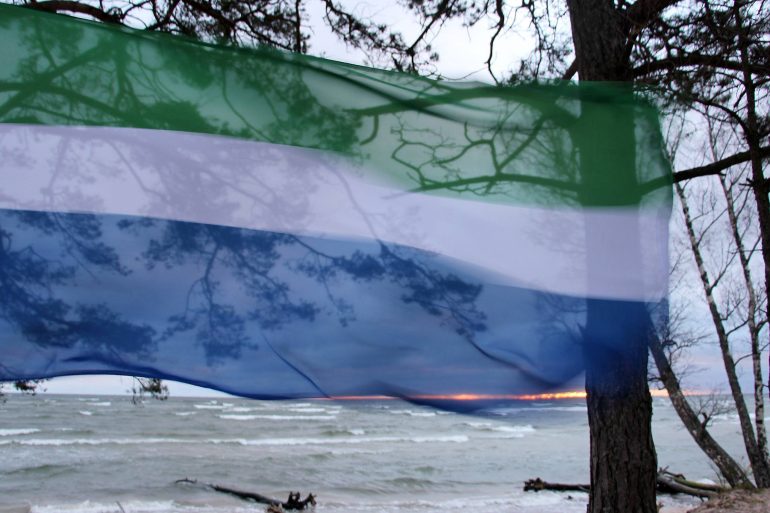
This portal was created by Līvõ Kultūr sidām (The Livonian Culture Centre) and offers a wide range of information on the Livonians, their culture, language, and history. Here you can discover the places the Livonians have lived, their cultural monuments, the location of their most important archives, and also about new Livonian-related events and exhibitions. You can learn about Livonian traditional and contemporary culture as well as become acquainted with their community organisations and most important personalities. The UL Livonian Institute section contains information about this institution as well as Livonian-Estonian-Latvian dictionary which is updated on an ongoing basis and which is supplemented with word forms and data from the Livonian language corpus. This section also contains the Livonian place name list, a list of Livonian borrowings in Latvian, and other resources for learning about and studying Livonian. The Library section contains a collection of articles, links, and videos on Livonian topics grouped by category.
